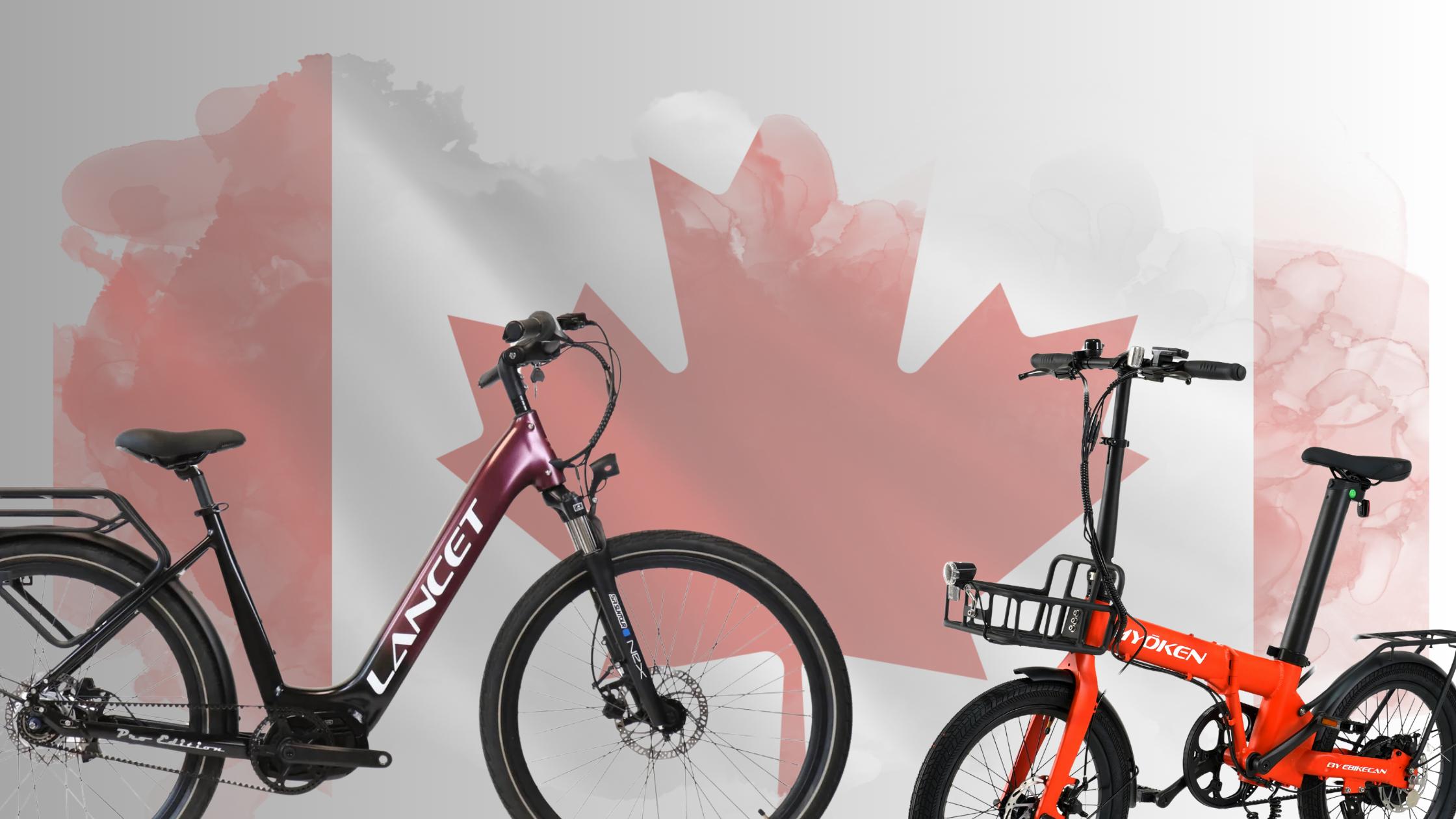Rouler en vélo électrique ouvre de nouveaux horizons : vitesse, liberté et exploration. Mais la vitesse accrue exige une plus grande prudence, notamment pour protéger sa tête. C'est pourquoi un casque de vélo électrique est indispensable à votre équipement. Être au courant de la norme NTA 8776 pourrait changer la donne !

Qu'est-ce que la norme de sécurité NTA 8776 ?
Créé aux Pays-Bas et testé par des organismes réputés comme TÜV, le NTA 8776 est la première certification de sécurité des casques développée spécifiquement pour les cyclistes de vélos électriques et de speed pedelec.
Alors que les casques de vélo conventionnels sont certifiés selon les normes CPSC (États-Unis) ou EN 1078 (Europe) — normes destinées aux vitesses allant jusqu'à 25 km/h — les casques certifiés NTA 8776 sont testés pour protéger les cyclistes à des vitesses allant jusqu'à 45 km/h (28 mph) .
Pour garantir une protection de haut niveau, recherchez l’étiquette « NTA 8776 » à l’intérieur du casque ou sur son emballage.
Pourquoi choisir un casque de vélo électrique ?
1. Protection renforcée de la tête
Les casques de vélo électrique sont conçus pour gérer les collisions à fort impact, en utilisant des matériaux avancés qui absorbent et répartissent la force plus efficacement que les casques de vélo standard.
2. Couverture étendue
Ces casques offrent généralement une meilleure couverture sur les côtés et à l'arrière de votre tête, protégeant ainsi les zones vulnérables en cas de chute ou de collision.
3. Le confort rencontre la performance
Malgré leur construction plus robuste, la plupart des casques de vélo électrique sont légers, respirants et ventilés, idéaux pour les trajets quotidiens et les longs trajets.
4. Fonctions de sécurité intégrées
De nombreux modèles sont équipés de lumières LED intégrées pour une visibilité accrue, vous gardant ainsi plus en sécurité dans la circulation ou dans des environnements à faible luminosité.
Pourquoi les casques sont-ils plus importants sur les vélos électriques ?
Les vélos électriques permettent d'aller plus vite et de parcourir plus de distance, mais ils augmentent également votre exposition aux risques :
-
Des vitesses plus élevées signifient un impact plus important : les casques traditionnels peuvent ne pas être suffisants lorsque vous roulez à des vitesses plus élevées.
-
Moins de temps pour réagir : voyager plus vite vous donne moins de temps pour éviter les dangers ou les obstacles de la route.
-
Exigences légales et risques pour la santé : Dans plusieurs régions de Toronto, le port d'un casque approprié est obligatoire pour les cyclistes à vélo électrique. Il est important de consulter les lois et règlements locaux concernant les vélos électriques et les casques de vélo électrique.
|
Fonctionnalité |
Casques de vélo ordinaires |
Casques de vélo électrique |
|
Normes de sécurité |
CPSC (États-Unis), EN 1078 (UE), AS/NZS 2063 |
NTA 8776 |
|
Conçu pour |
Vitesses jusqu'à 25 km/h (15,5 mph) |
Vitesses jusqu'à 45 km/h (28 mph) |
|
Protection contre les chocs |
Impacts à basse vitesse |
Vitesse plus élevée, impacts plus graves |
|
Couverture de la tête |
Standard (principalement le dessus et les côtés) |
Étendu (surtout les côtés et l'arrière) |
|
Ventilation |
Léger et bien ventilé |
Plus robuste, mais toujours bien ventilé |
|
Utilisation typique |
Vélos traditionnels, balades décontractées, déplacements domicile-travail |
Vélos électriques, speed pedelecs, déplacements à grande vitesse |
Trouver la solution idéale
Un casque ne fonctionne que s'il est bien ajusté. Voici comment vous assurer que le vôtre l'est :
-
Mesurez avec précision : Utilisez un mètre ruban souple autour de la partie la plus large de votre tête, à environ 2,5 cm au-dessus des sourcils. Comparez le résultat avec le tableau des tailles du casque (généralement compris entre 51 et 65 cm pour les tailles S à XL).
-
Vérifiez l'ajustement : le casque doit être bien à plat sur votre tête, sans être incliné. Il doit être bien ajusté, sans être serré, et ne doit pas bouger lorsque vous bougez la tête.
-
Ajustez les sangles : assurez-vous que les sangles forment une forme de « V » nette sous vos oreilles et se fixent confortablement sous votre menton, en toute sécurité, mais pas trop serrées.
Test d'ajustement : Le casque doit être bien droit sur la tête, ni incliné vers l'avant ni vers l'arrière, et couvrir le front. Lorsque vous secouez la tête, le casque doit rester en place, mais confortable, sans être serré ni bancal.
Un mauvais ajustement, qu'il soit trop lâche ou trop serré, peut réduire l'efficacité du casque ou vous rendre moins susceptible de le porter.
Roulez intelligemment, restez en sécurité
Choisir un casque certifié NTA 8776 va au-delà d'une simple exigence de sécurité : il s'agit d'améliorer votre expérience globale en vélo électrique. Avec un casque bien ajusté et conforme aux normes, vous pouvez rouler en toute confiance, sachant que vous êtes bien protégé à chaque sortie.
À la recherche d'un nouveau casque ? Découvrez nos meilleures options ici !







Partager:
Choisir entre les vélos électriques à entraînement par moyeu et à entraînement central !
Courroie ou chaîne : découvrez la différence !